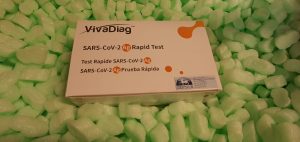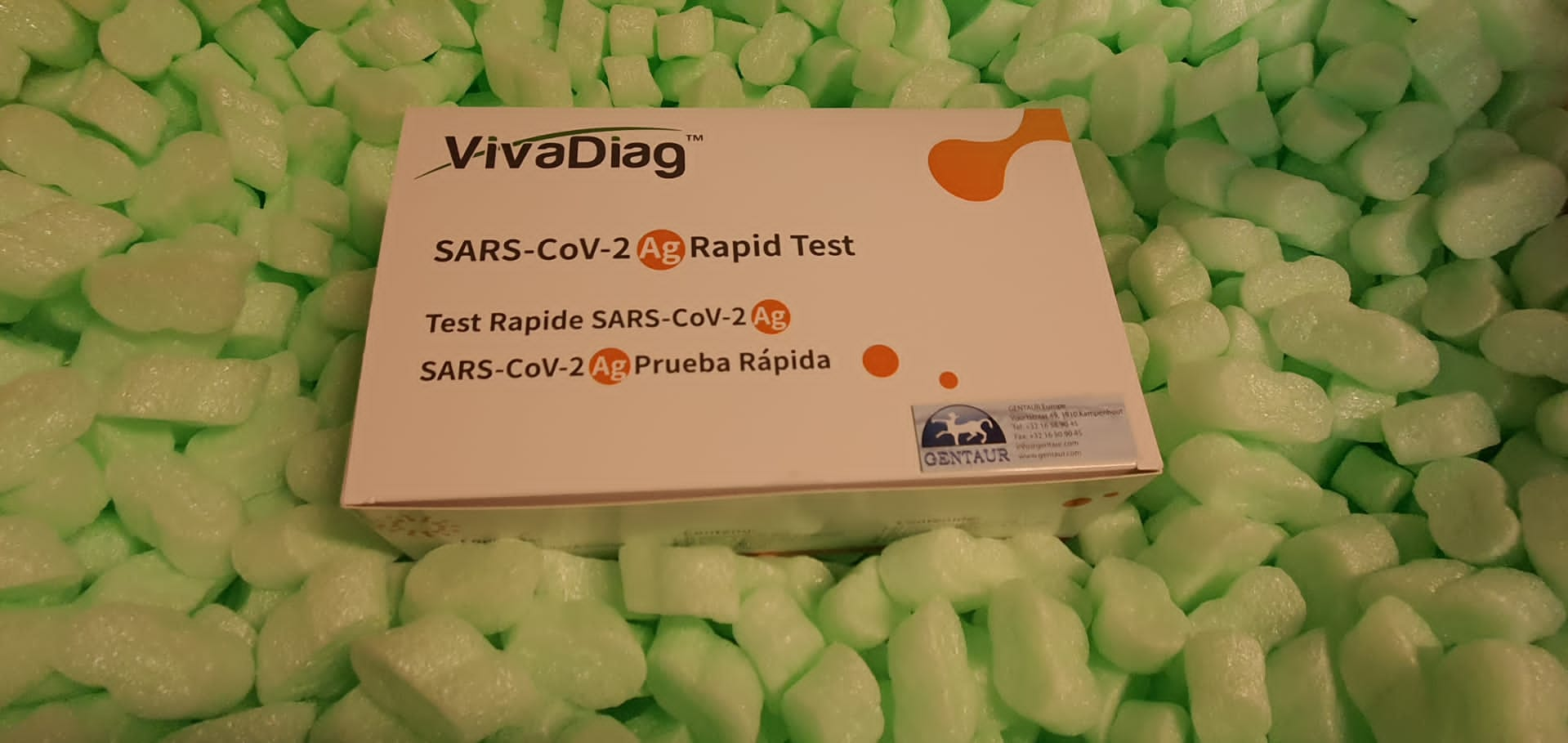Huntington’s illness (HD) is a neurodegenerative dysfunction brought on by a trinucleotide repeat enlargement in the huntingtin gene. Transcriptomic dysregulations are well-documented in HD and alterations in small non-coding RNAs (sncRNAs), notably microRNAs (miRNAs), may underpin that phenomenon. Additionally, environmental enrichment (EE), which is used to mannequin a stimulating way of life in pre-clinical analysis, has been proven to ameliorate HD-related signs. However, the mechanisms mediating the therapeutic results of EE stay largely unknown. This research assessed the impact of EE on sncRNA expression in the striatum of feminine R6/1 transgenic HD mice at 12 weeks (previous to over motor deficits) and 20 weeks (absolutely symptomatic) of age.
When evaluating wild-type and R6/1 mice in the commonplace housing situation, we discovered 6 and 64 miRNAs that had been differentially expressed at 12 and 20 weeks of age, respectively. The 6 miRNAs (miR-132, miR-212, miR-222, miR-1a, miR-467a, and miR-669c) had been generally dysregulated at each time factors. Additionally, genotype had minor results on the ranges of different sncRNAs, in specific, 1 piRNA was dysregulated at 12 weeks of age, and at 20 weeks of age 11 piRNAs, 1 tRNA- and a couple of snoRNA-derived fragments had been altered in HD mice.
No distinction in the abundance of different sncRNA subtypes, together with rRNA- and snRNA- derived fragments, had been noticed. While EE improved locomotor signs in HD, we discovered no impact of the housing situation on any of the sncRNA populations examined. Our findings present that HD primarily impacts miRNAs and has a minor impact on different sncRNA populations. Furthermore, the therapeutic results of EE aren’t related to the rescue of these dysregulated sncRNAs and should due to this fact exert these experience-dependent results by way of different molecular mechanisms.
Small RNA and degradome deep sequencing reveals necessary roles of microRNAs in cotton (Gossypium hirsutum L.) response to root-knot nematode Meloidogyne incognita an infection
Investigation of cotton response to nematode an infection will enable us to higher perceive the cotton immune protection mechanism and design a greater biotechnological strategy for effectively managing pest nematodes in cotton. In this research, we firstly handled cotton by root knot nematode (RKN, Meloidogyne incognita) infections, and three organic replicates of roots had been used to assemble 6 small RNA libraries for RKN an infection and the management; then we employed the excessive throughput deep sequencing know-how to sequence and genome-widely establish all miRNAs in cotton; lastly, we analyze the features of these miRNAs in cotton response to RKN infections.
A complete of 266 miRNAs, together with 193 identified and 73 novel miRNAs, had been recognized by deep sequencing know-how, which belong to 67 conserved and 66 novel miRNA households, respectively. A majority of recognized miRNA households solely comprise one miRNA; nonetheless, miR482 household accommodates 14 members and a few others comprise 2-13 members. Certain miRNAs had been particularly expressed in RKN-infected cotton roots and others had been utterly inhibited by RKN an infection. A complete of 50 miRNAs had been differentially expressed after RKN an infection, in which 28 miRNAs had been up-regulated and 22 had been inhibited by RKN remedy.
Based on degradome sequencing, 87 gene targets had been recognized to be focused by 57 miRNAs. These miRNA-targeted genes are concerned in the interplay of cotton crops and nematode an infection. Based on GO (gene ontology) and KEGG (Kyoto Encyclopedia of Genes and Genomes) evaluation, 466 genes from all 636 miRNA targets had been mapped to 6340 GO phrases, 181 genes from 228 targets of differentially expressed miRNAs had been mapped to 1588 GO phrases. The GO phrases had been then categorized into the three major GO lessons: organic processes, mobile parts, and molecular features.
The targets of differentially expressed miRNAs had been enriched in 43 GO phrases, together with 22 organic processes, 10 mobile parts, and 11 molecular features (p < 0.05). Many recognized processes had been related to organism responses to the environmental stresses, together with regulation of nematode larval growth, response to nematode, and response to flooding. Our outcomes will improve the research and utility of creating new cotton cultivars for nematode resistance. RNA sequencing is helpful for differential prognosis of LSQCC and MSQCC, and the expression degree of miR-10a, miR-28, and miR-3120 in serum extracellular vesicles are promising noninvasive instruments for this function.

Small RNA sequencing to distinguish lung squamous cell carcinomas from metastatic lung tumors from head and neck cancers
Distinguishing lung squamous cell carcinoma (LSQCC) from a solitary metastatic lung tumor (MSQCC) from head and neck squamous cell carcinoma (HNSQCC) presents a tough diagnostic problem even after detailed pathological evaluation. Treatment choices and estimated survival outcomes after pulmonary resection differ between sufferers with LSQCC and MSQCC. This research aimed to analyze whether or not microRNA (miRNA) profiling by RNA sequencing of HNSQCC, MSQCC, and LSQCC was helpful for differential prognosis of MSQCC and LSQCC. RNA sequencing was carried out to establish bioinformatically important miRNAs from a formalin-fixed paraffin-embedded (FFPE) block from a derivation set.
MiRNA ranges had been confirmed by validation units utilizing FFPE samples and serum extracellular vesicles from sufferers. Step-wise discriminant evaluation and canonical discriminant evaluation recognized 13 miRNAs by which the totally different expression patterns of LSQCC, MSQCC, and HNSQCC teams had been demonstrated. Six miRNAs (miR-10a/28/141/320b/3120) had been assessed in validation units, and four miRNAs (miR-10a/28/141/3120) had been considerably upregulated in LSQCCs in contrast with MSQCCs and HNSQCCs. Serum extracellular vesicles from LSQCC sufferers demonstrated considerably elevated miR-10a (p = .042), miR-28 (p = .041), and miR-3120 (p = .047) ranges in contrast with these from MSQCC sufferers.

